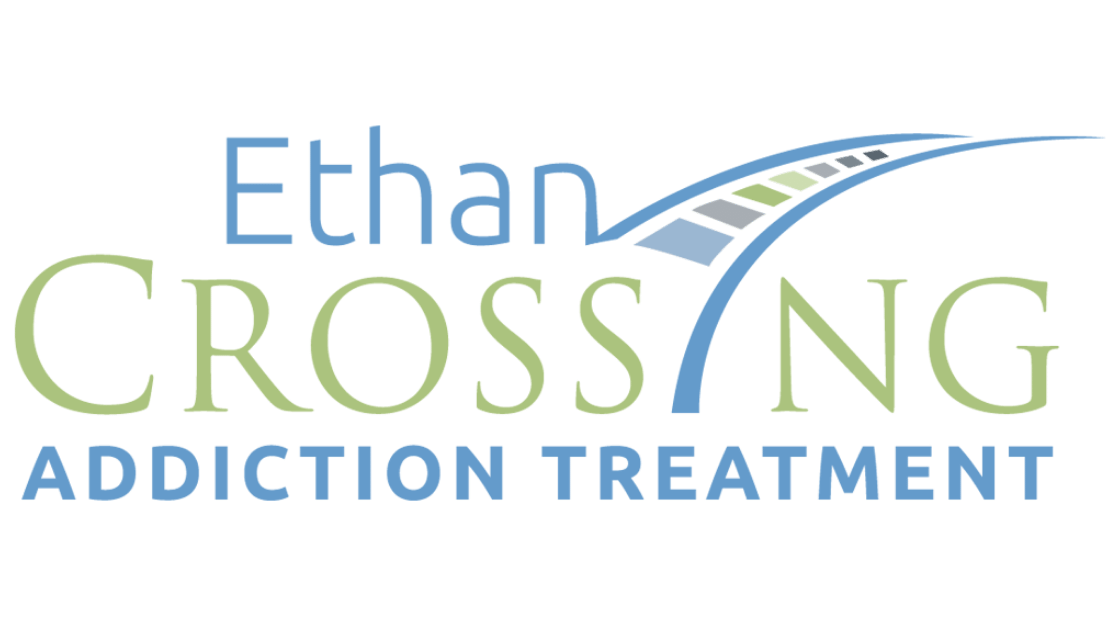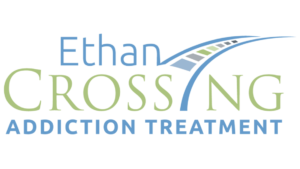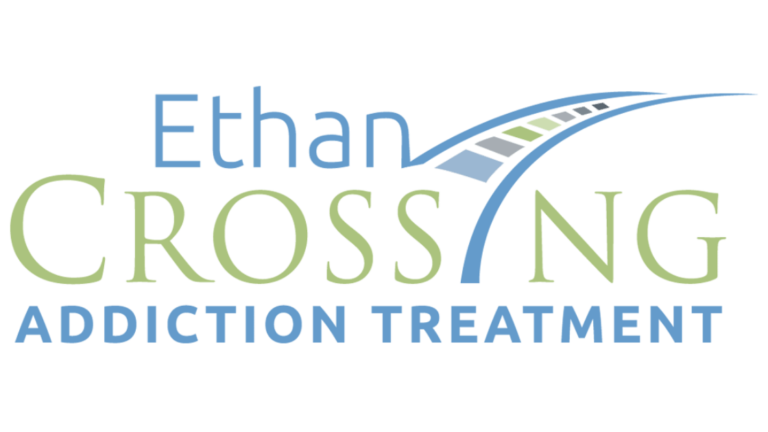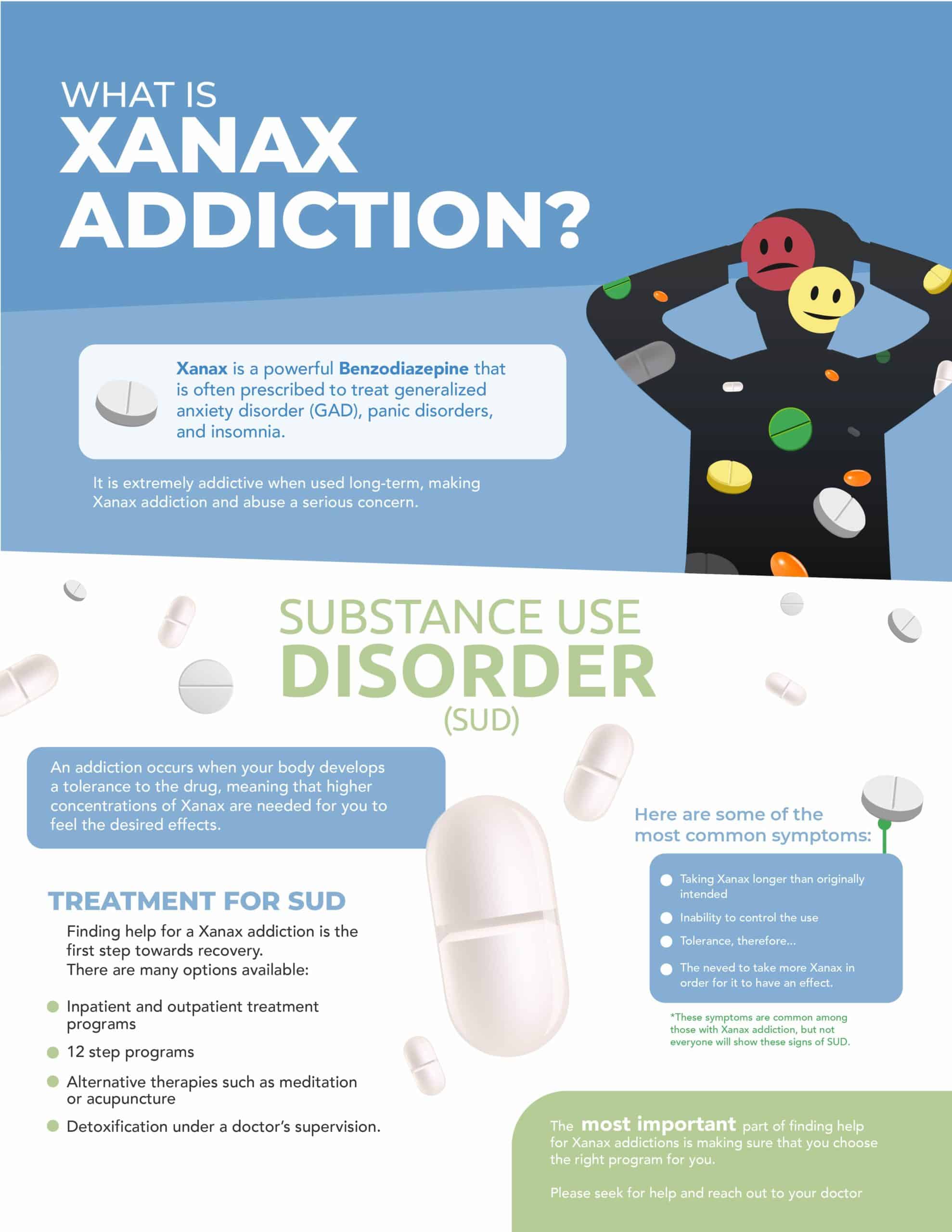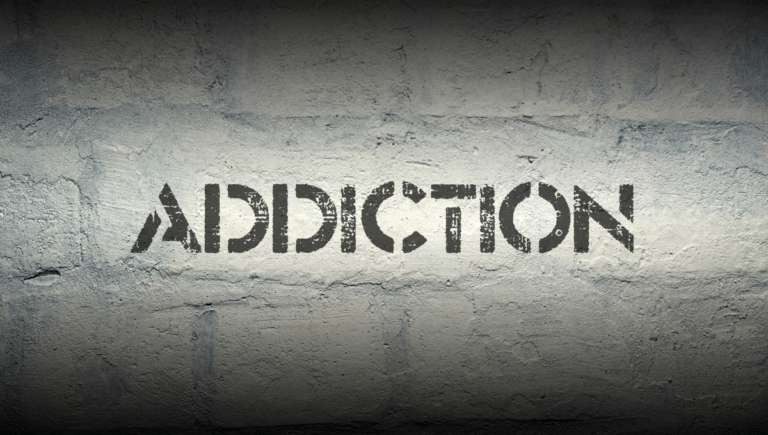Xanax is a brand name for alprazolam which comes from the benzodiazepine family of drugs. Benzodiazepines work by enhancing the effect of the GABA neurotransmitter in the brain. The GABA neurotransmitter is very important for controlling the electrical excitation in the nervous system; lower GABA levels translate to more symptoms and feelings of anxiety, as explained by Everyday Health. Benzodiazepines boost the release of GABA throughout the individual’s nervous system, producing calming and sedating effects.
Jump To Section
Xanax Effects And Abuse
Taking more than the prescribed dosage or using Xanax without a prescription is considered abuse of the drug. However, even those who follow a prescription can fall victim to Xanax addiction and abuse.
Xanax may be abused in several ways, including:
- Taking multiple pills
- Injecting it
- Snorting it
- Taking it via blotter paper
- Taking it with other drugs or alcohol
Xanax is typically abused because of the sense of calm and relaxation it causes in the user. Some people abuse Xanax by taking it in higher doses or combining it with other drugs or alcohol in order to achieve the desired high.
Why Is Xanax Abused?
The temptation to abuse Xanax may be too good to resist for a lot of people. Benzodiazepines like Xanax have considerable potential for abuse, especially for certain “at-risk” populations. What makes Xanax so inherently addictive is that its effects are felt almost immediately upon consumption (as fast as 25 minutes), but dissipate after just a few hours. This makes people compelled to take more Xanax, even if it means violating the boundaries of their prescription. But the effect of consuming more Xanax means that the patient’s tolerance for the Xanax builds up, leading them to take larger and larger doses. Over time, this gets them hooked on Xanax.
This is also why the ideal Xanax prescription should be for as short a period of time as possible (no more than four weeks, at most), to minimize the risk of the patient’s body getting acclimatized to the drug. Even if the patient requires a long-term Xanax plan, it is better for the treatment to be staggered with intermittent stages of consumption and tapering off, than for the person to receive continuous Xanax. The doses should also be as low as possible.
Once dependence is in place, the fear of withdrawing from the Xanax kicks in. Individuals may genuinely want to stop taking Xanax if they recognize the unhealthiness of their situation, but the symptoms of opiate withdrawal are often so bad that they go right back on the Xanax for fear of experiencing those symptoms again.
Symptoms Of Xanax Overdose
An overdose on Xanax can be fatal, especially if the substance is taken with alcohol or other drugs. Overdose can also occur if the pills are crushed or chewed, as the drug is designed to be time-released into the system. Xanax overdose symptoms include:
- Confusion
- Slowed heart rate
- Extreme drowsiness
- Difficulty breathing
- Fainting
- Loss of balance
- Muscle weakness
- Coma
Comprehensive Treatment & Rehab for Xanax Addiction
Treatment for a Xanax addiction involves countering the addiction on two fronts: the physical compulsion for the client to take Xanax and the mental craving for more of the drug.
To address the cravings, a client will undergo medical detox, with the goal of weaning off Xanax with as little distress as possible. Since the effects of withdrawal can be very painful and traumatic, treatment Centre staff might prescribe a course of anti-anxiety and anticonvulsant medication. This is also why withdrawal should never be attempted alone, as the risk of relapsing and seizures far outweighs the remote chance of successful DIY detoxification.
Therapy sessions that include stress management techniques and relapse prevention tools may be helpful, preceding the initial physical detox from Xanax. Cognitive behavioral therapy (CBT) is a system of counseling whereby a client is helped to see how patterns of thought and behavior led to Xanax abuse and addiction. A therapist works closely with the patient on devising healthier and more positive ways of dealing with the root issues behind Xanax abuse, and also shows the client how coping skills and methods for dealing with the lingering compulsion to seek out Xanax. A treatment model like CBT can also address the presence of a co-occurring disorder a client who has both an addiction to Xanax and an underlying mental health disorder at the same time.
Find Help for Xanax Addiction & Abuse
Overcoming an addiction to Xanax or benzos isn’t easy, but people do it every day. Medical detox and treatment programs can be helpful when treating Xanax addiction. Contact us today for a free confidential consultation and begin your journey into a new free life.
